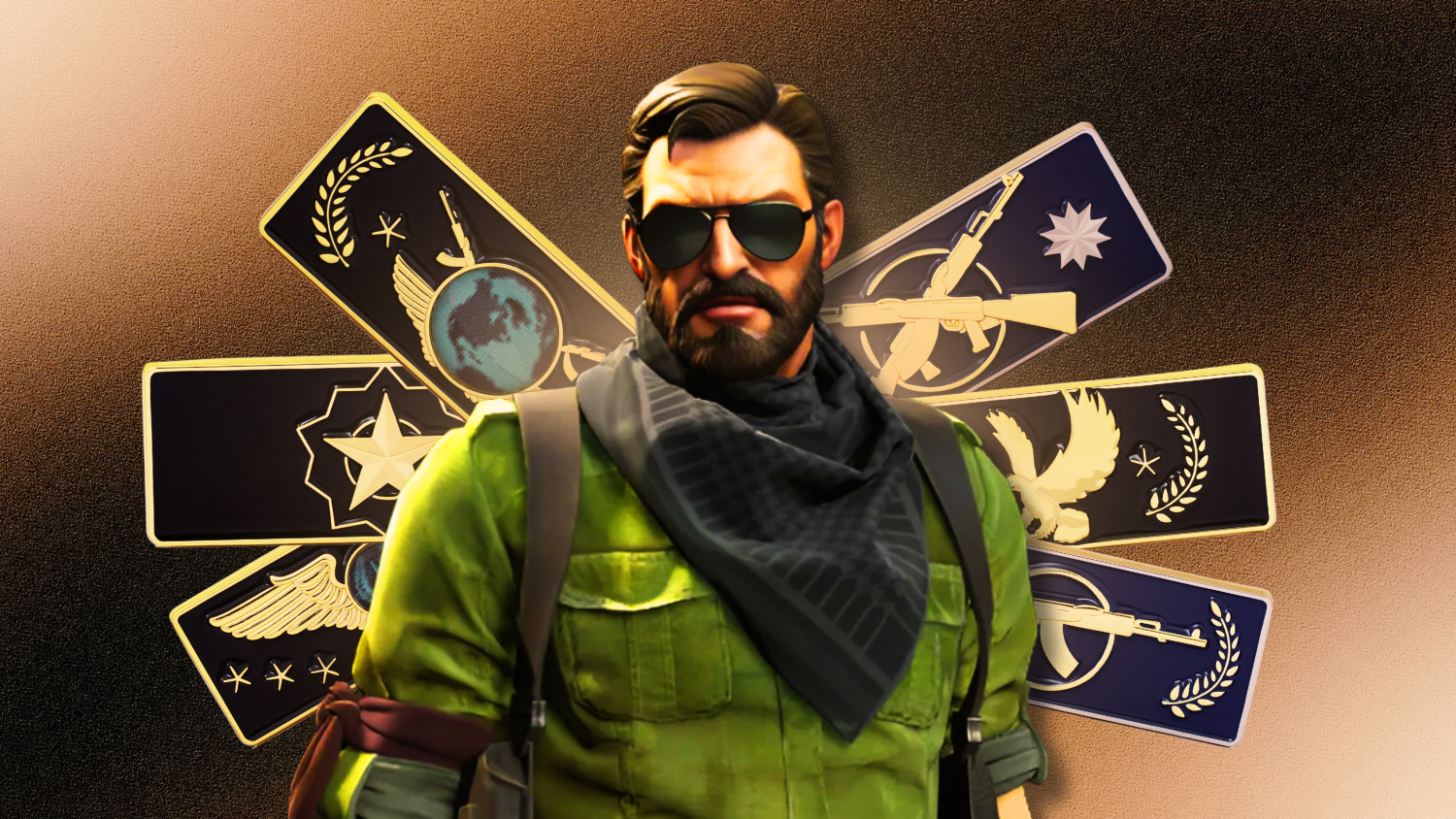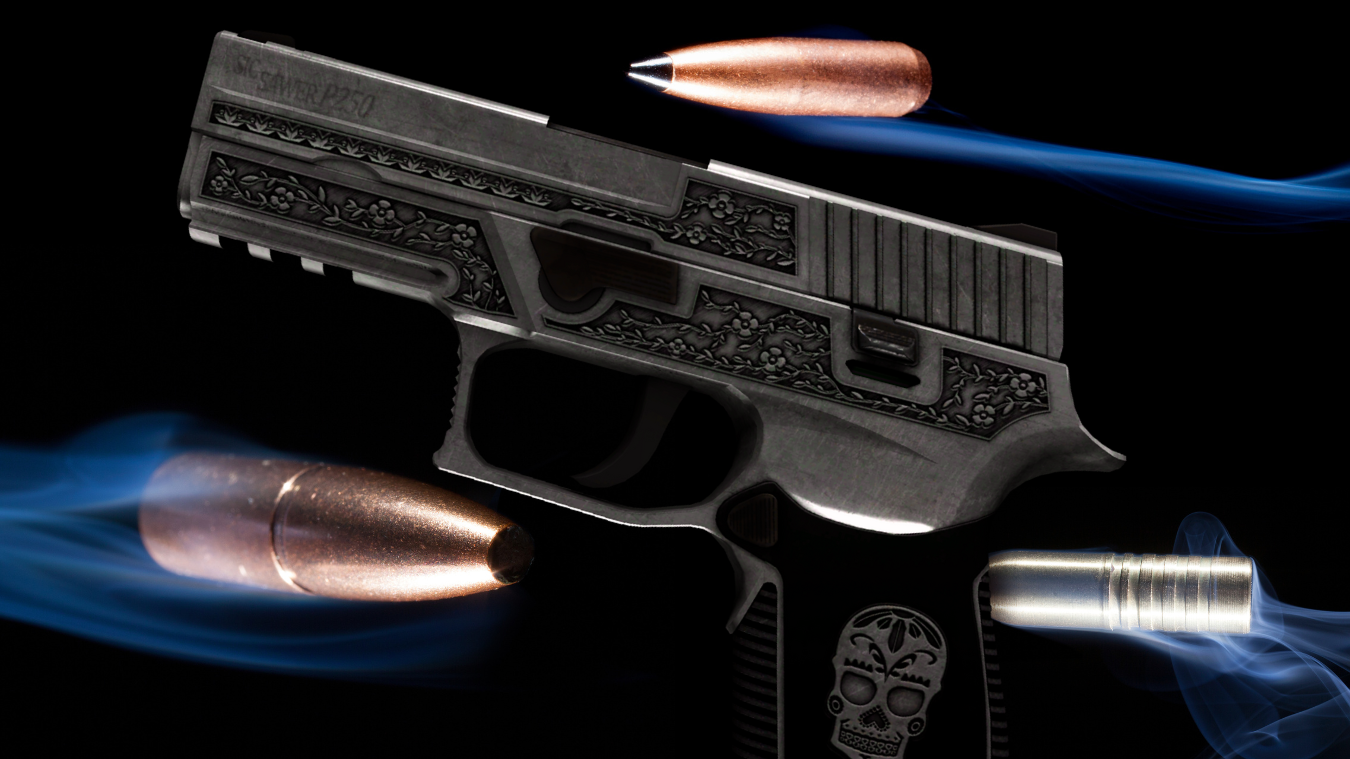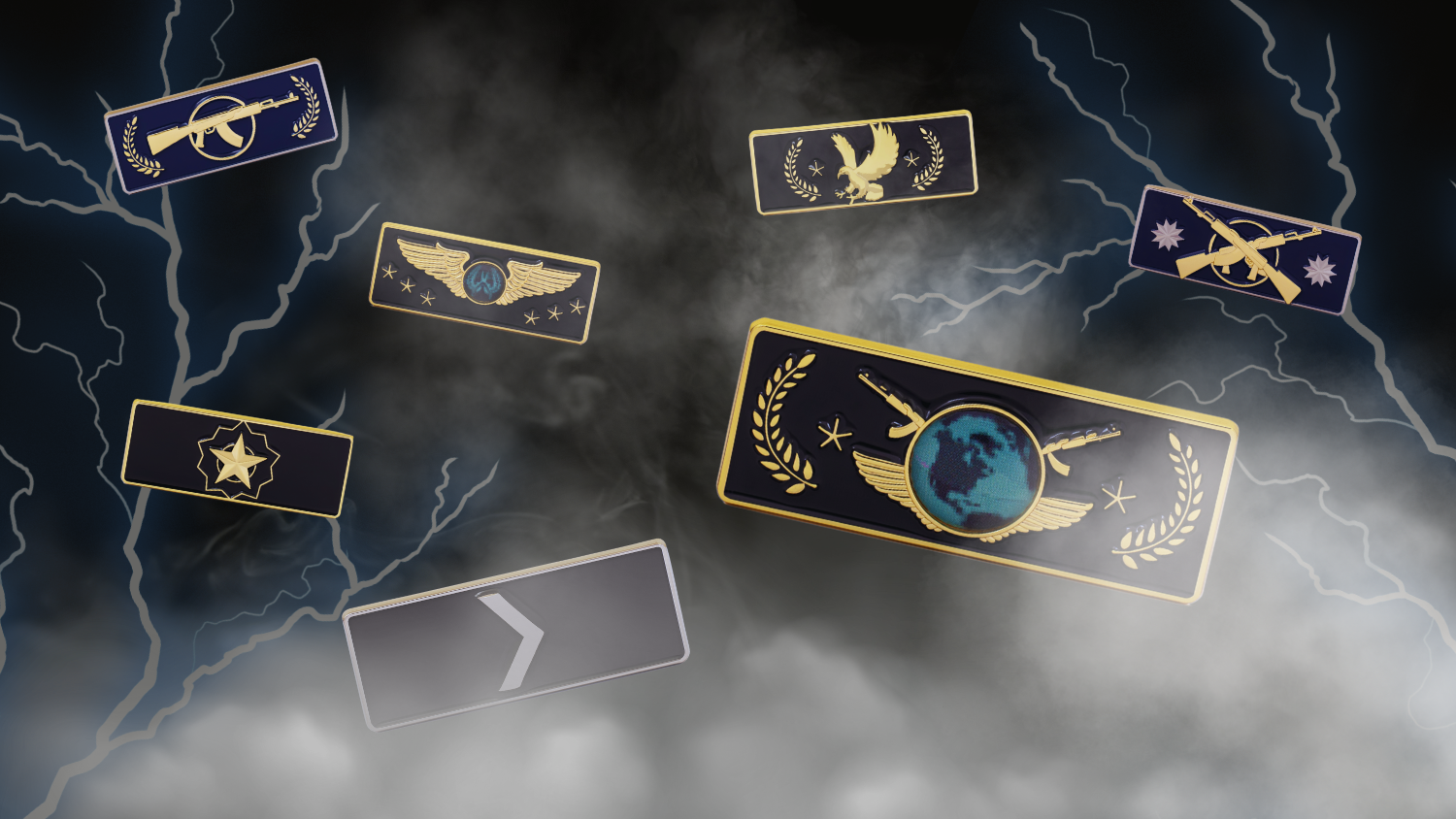CS2 Competitive Ranks Explained: A Guide for Every Player

The ranking system in CS2 serves as a fundamental measure of player performance, skill, and consistency in competitive matches. It employs a tiered hierarchy that categorizes players into specific ranks based on their in-game performance, team contribution, and overall impact during matches. Each rank represents a different level of proficiency, with lower ranks catering to beginners and higher ranks reserved for players who excel in mechanics, strategy, and teamwork. Understanding how this system evaluates players is crucial for those looking to improve their rank.
In CS2 competitive ranks, factors such as individual performance, match outcomes, and team synergy contribute to the final assessment of rank adjustments. The system does not solely focus on match results but also evaluates how effectively a player performs in various scenarios, including clutch situations, objective control, and communication with teammates. Players who consistently demonstrate skill and adaptability are more likely to see steady progression through the rank ladder, while inconsistent performances may lead to stagnation.
Key Factors That Influence Your Rank Progression
One of the primary factors influencing rank progression in CS2 is individual consistency across multiple matches. Players who consistently perform well, contribute to team objectives, and maintain a positive attitude are more likely to see improvements in their rank over time. The system evaluates key metrics such as kill-to-death ratio, utility usage, objective captures, and strategic play, all of which directly impact how performance is measured. Relying solely on kills without contributing to team objectives may hinder rank progression.
Additionally, teamwork and communication play a significant role in climbing the CS2 competitive ranks. Competitive play isn’t just about individual prowess—it’s about understanding team dynamics, sharing crucial information, and adapting to evolving situations. Players who focus on improving these aspects are more likely to see success in the ranking system. Developing effective communication skills, learning map strategies, and understanding the strengths and weaknesses of teammates are all vital elements for long-term rank improvement.
Common Misconceptions About Competitive Ranks
A widespread misconception about competitive ranks is that they are solely determined by match victories. While match outcomes are indeed important, the ranking system considers a variety of other factors, such as individual impact, contribution to team objectives, and overall consistency. Players who focus only on match results without paying attention to their in-game performance might find themselves stuck at the same rank for extended periods.
Another misconception is that mechanical skill alone is enough to climb the ranking ladder. While aiming precision and reflexes are undoubtedly important, strategic awareness, communication, and game sense often make the biggest difference in higher ranks. Players must learn to balance mechanical proficiency with situational awareness and decision-making skills to navigate the complexities of the CS2 competitive ranks effectively. Success in this system relies on a combination of these elements rather than a single factor.
Tips for Consistent Progress in Competitive Ranks
Improving rank in CS2 requires dedication, focus, and a commitment to personal growth. Players should aim to identify their weaknesses and actively work on addressing them. Whether it’s improving aim accuracy, learning advanced map strategies, or practicing effective communication, every small improvement contributes to overall rank progression. Reviewing match replays and analyzing mistakes can also provide valuable insights into areas for improvement.
Furthermore, maintaining a positive mindset and fostering good teamwork are essential for success in CS2 competitive ranks. Toxicity and frustration often lead to poor decision-making and reduced team cohesion, both of which negatively impact performance. Players who approach every match with a goal-oriented attitude and a willingness to collaborate with teammates are more likely to see steady improvement. Success in the competitive environment is a gradual process, and consistency remains the key to achieving higher ranks.

